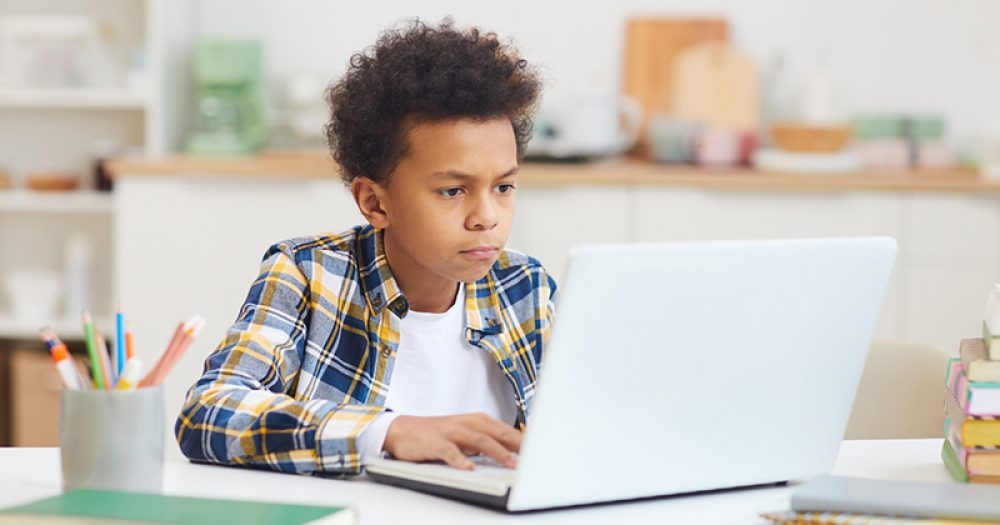As a new term begins and mixed provision looks likely to continue to be the norm, Helen Newies shares her top tips for effective blended learning
Consolidate your platforms
It is far too easy to take a ‘more is better’ approach and sign up for a dozen different platforms, but the schools we have seen have the most success with blended learning are those that have consolidated their online platforms down to a few key systems.
One platform allows teachers to communicate with their classes, such as Microsoft Teams, Classcharts or Google Classrooms, while a second can hold teacher resources, and a third supplies teachers and students with the teaching and learning content they need. Senior leaders that have reduced the number of logins and platforms their students must interact with have reported a reduction in cognitive load, higher engagement and more time spent on high value teaching.
Use class time to perfect blended learning
It can seem counter-intuitive, but teachers should emulate the procedure of blended learning in the classroom before introducing it as a core part of learning. Utilising digital resources in lesson time allows students to familiarise themselves with the process of blended learning, understanding that it is no different to a ‘normal’ lesson. For example, showing them how to take good quality notes from a video, means once they get home they have an in-built confidence and understand what is expected.
There can be a gap between what teachers are confident to deliver and what they can do on a day-to-day basis
Teachers who had already fine-tuned their blended learning prior to lockdown experienced far fewer challenges when working remotely, and often discovered that their students had lost little or no learning when back at school. With every chance of students having to work remotely in the future, either due to self-isolating or a local lockdown, teachers should model this learning strategy now.
Focus on pedagogy as well as technology
When choosing platforms for blended learning, take time to review the pedagogy that underpins it, as well as the quality of the technology. You should have a pedagogical and quality checklist: was it designed by subject specialists; is the curriculum structure appropriate; is there a rigorous quality assurance process in place; is the learning content created specifically or simply curated (pulled from other sources on the internet)?
No one would argue that teaching quality is less important than how lessons are delivered; this is no different. The elements of effective teaching, such as clear explanations, scaffolding, and feedback, are more important than how they are provided. Teachers will rightly only trust an online learning system that has the hallmarks of high-quality teaching.
Collaboration is key
Whether it’s teachers collaborating to produce the materials you’ll use, or asking whichever department best uses blended learning, you can use existing expertise to improve your school’s offer. Avoid departments from drifting into silos, producing similar resources without even knowing it, encourage a culture of collaboration and sharing and teachers will quickly see how this will reduce their workload.
One department may be experts at using visualisers, while another has the knack of creating fantastic workbooks. Over the past nine months many teachers have learned fantastic new skills; by asking them to train others, all can benefit.
Understand and use the gains you’ve made
For many senior leaders, one positive outcome of 2020 has been a surge in CPD training and an improvement in student self-directed learning. However, surveys we have completed with teachers show that there can be a gap between what teachers are now confident to deliver, and what they feel they can do on a practical day-to-day basis.
Take time to survey teachers and gather feedback on the gains they’ve made this year as well as any current obstacles. Acting on feedback could help with key issues such as teacher workload and teacher recruitment by giving them more flexibility and creativity in the way they deliver lessons.
The lockdown inspired the nation’s teachers to rise to this challenge in the most remarkable ways, and we need to reflect on that, capture their achievements and build these into our plans for the future.








Your thoughts